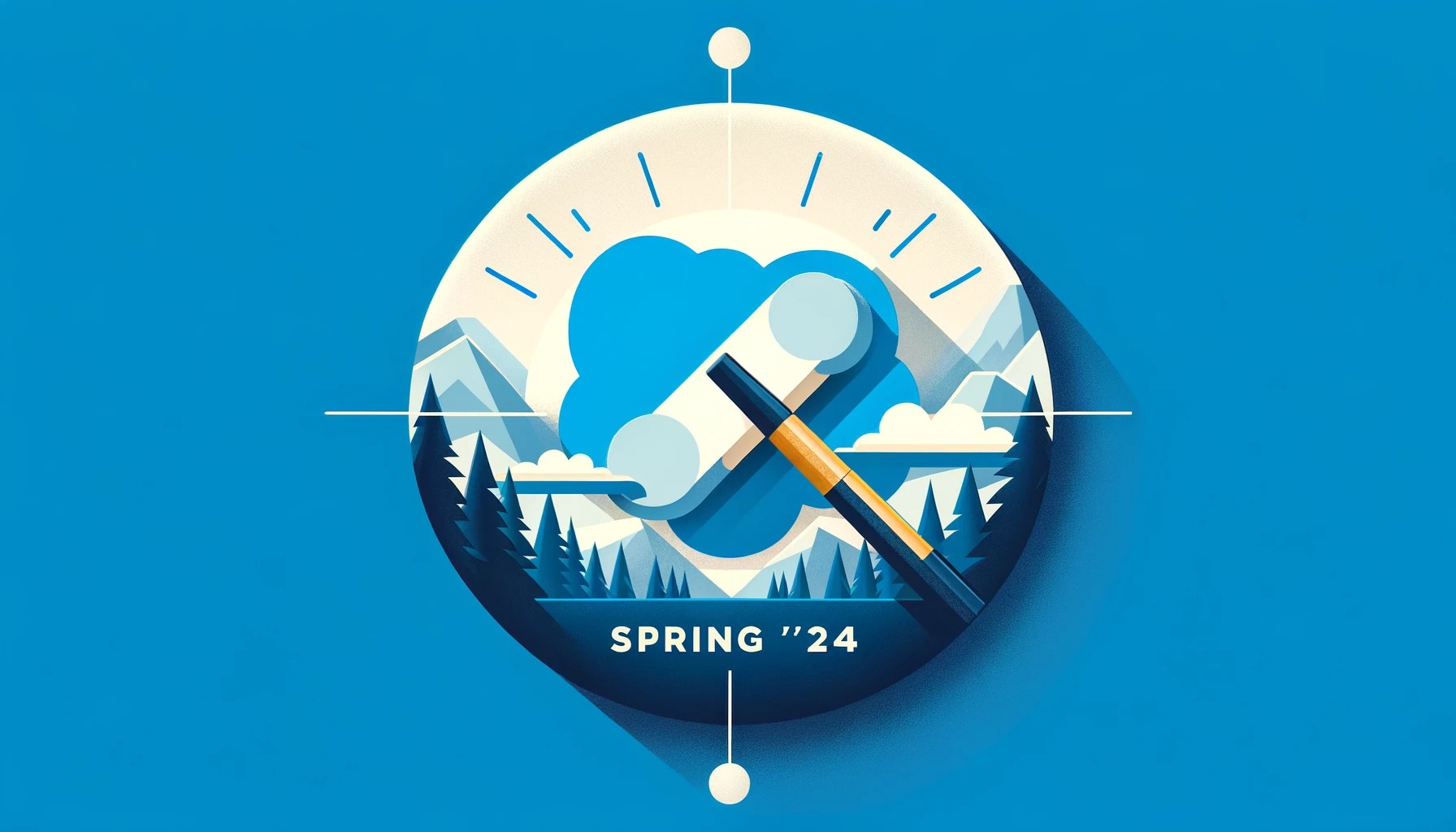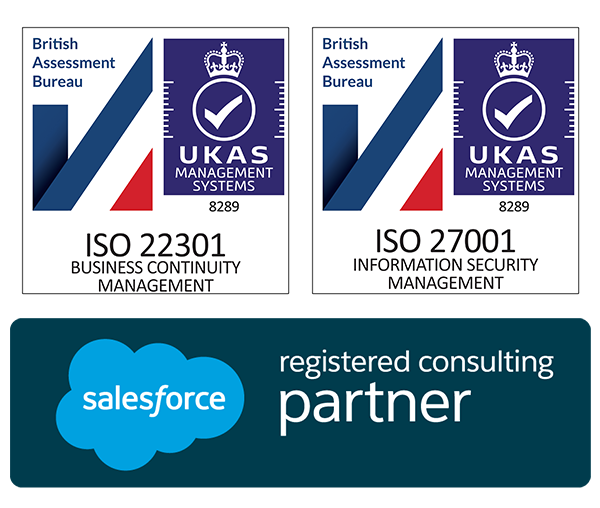
EDU SERIES – Blogs: Part 2 of 4 – Scheduling Posts

In continuation of our series, this blog post will illuminate the art of scheduling posts. Our educational series continues our focus on blogging this week as we delve ever deeper. This week, learn how to create a schedule for your new found content plan that will maximise your impact while also being manageable for you and your team.
Step 5: Make a Schedule
The next step to scheduling posts is to define a schedule that will help you publish blog posts consistently to increase your:
- Social media shares
- Social media subscribers
- Traffic
- Newsletter subscribers
- Customer conversions
And all that, done in a way that helps you reach your goals. Easy, right?
How To Actually Meet Your Goals
Before you just jump in, let’s get your resources figured out to make executing your blog schedule much easier once you get going.
Roles you’ll need to write your blog posts
For blogging, there are only a few roles you need to fill:
- Writing
- Designing
- Publishing
- Promoting
People you’ll need to fill your roles
That said, you could probably get started with as few as 3 people:
- Author who writes the post.
- Designer who designs inline graphics and images.
- Editor who publishes and promotes the post.
Tools your team will need to complete their roles
The second part of knowing your resources involves understanding what tools you’ll use to create and manage your posts. For the minimum viable post that only includes text, graphics, and promotion, you may look at tools like:
- WordPress for the author to write the post.
- Photoshop for the designer to designer the post, though there are many free options.
Time commitment to create your blog posts
And the last part is understanding how much time each of these things takes to do. When you’re scheduling posts this help you plan backward based on the amount of effort needed for your blog posts.
Here are a few things to look into for that:
- Understand how long your average posts will be. That will give you some indication for a time commitment from your author (maybe multiple). For example, writing a 1,500-word post takes about 4–5 hours with research, ideation, and actual writing.
- Estimate how many graphics you’ll include with every post. This may vary, but your designer can probably estimate how much time they needs for every post, which will help them understand their commitment to the process.
- Know exactly how you will promote your content. This allows your editor to estimate his time commitment for social sharing, repurposing, syndication, and any other content distribution you’re planning.
This knowledge will help you plan ahead far enough with your blog schedule to help your entire team have the time they need to create awesome content. It’ll help you avoid rushing folks who actually may need a bit more time, while also helping everyone on the team understand when they should start executing their responsibilities.
Understand your optimal publishing frequency (what you’d like to do)
How many posts would you like to publish every week? How about every month?
That visualization is a great place to start just so you know how you’ll ramp up your efforts. It’s easy for the team to see how much content you’d like to publish down the road.
But for now—start with a minimal posting frequency to build your momentum.
Start slow
I’ve heard of folks starting their blog and publishing tons of content right off the bat:
What I fear for newer bloggers is that starting that way, especially when working with a team new to blogging, is that there is tons of room for burnout by publishing too much content too quickly. Instead, in the first months especially, focus on publishing enough content to work through the awkward newness of blogging, without overwhelming your team.
Give your team time after every post in your first two months to walk through what went well, what you should do differently next time, and what you should stop doing entirely. After that, you could shift those meetings to once a month.
Measure the success of the first posts you published
When you start scheduling posts, know your goals. Quickly review how an average post contributes to your goals.
Now that you’ve worked up a consistent blog schedule, that’s as easy as looking at a week’s (or possibly a month’s) worth of measurements for your content and averaging the numbers.
Fill in the entire team on how you’re doing. That way, everyone can figure out ways to improve their areas of responsibilities that will improve all of the content you publish (which will also help you reach your goals).
Is that dream publishing frequency achievable?
Keep in mind, this is only accurate if your posts don’t get more traction, which they all certainly will as you increase your publishing frequency and maintain consistency.
Now it’s time to take a hard look at your goals, the resources you have available to you to create content (specifically, the time involved from everyone on the team dedicated to creating your awesome content), and determine a super achievable publishing frequency.
Here’s what to look for:
- How much time does it take to write, design, publish, and promote a single post?
- Is it possible for your team to scale to a happy medium amount of content publishing that either hits your goals or is really close?
- What could you quit doing to dedicate more time to creating awesome content?
- What improvements could you make in your content creation process to spend less time developing your content?
Finding efficient ways to publish content quicker will help you scale—but be wary, “Don’t sacrifice quality for quantity.”
Plan content improvements to increase the success of every post
Chances are, you’re able to publish a decent amount of content that helps you nearly hit your goals. From here, some of the best ways to reach your goals are to improve every piece of content you publish. That way, every post delivers more results to your goals, which means you can get more results by publishing less content, and less scheduling posts.
Considering our major goals, here are a few quick wins to increase your efficiency with each:
Social media shares
- Write social media-friendly content to help people want to share your content.
- Use social media buttons in your content in the best places to help people share your content.
- Plan a social media editorial calendar to boost your shares of your content to quadruple your traffic.
Social media subscribers
- Curate content to share with your subscribers to bring them the best of the best from your niche.
- Encourage readers to subscribe to your social accounts to get the latest and greatest from your blog.
- Include a way for readers to follow you when they sign up for emails (an easy automatic opt-in in their settings works well).
Traffic
- Publish really useful, helpful, educational, or entertaining content worthy of sharing.
- Optimize your posts for search engines to get long-term traffic.
- Share your content on social media more than once.
Newsletter subscribers
- Build an email list and community around your content.
- Be clear and honest with your opt-ins by telling your subscribers exactly what they’ll get.
- Trade free content for email addresses.
Customer conversions
- Map out your customers’ journey from a newbie to a veteran, and write content for all stages of the marketing funnel.
- Test different email templates, subject lines, and more while including calls to action to convert.
- Ask readers to purchase what you’re selling. You’re providing helpful content with the goal to convert readers into buyers, so include calls to action in appropriate places throughout your content.
Come back next week for part 3 of our educational series on blogging that will cover actually writing and creating your posts as well as guest posting.
Thank you as always to our friends over at Coschedule for their wonderful advice and guidance on this week’s post.
See you next week!
We’ve been in the Sales and Marketing Strategy game for longer than we care to remember, but we pride ourselves on the combined exposure our team has had to different B2B markets globally, and the strategic services we offer your business as a result.
If you are looking for Salesforce / Pardot Support with an existing Org or want to know if Salesforce or Pardot is right for you, get in touch with us for a free consultation or simply a chat. We regularly work alongside Start-ups and Enterprises alike, so we’re certain we will find you a path to growth, whatever your plans.
We are open Monday-Friday 9-6pm and have open channels for communication either on our LinkedIn, Twitter or you can simply give us a call on 020 8106 8500.




